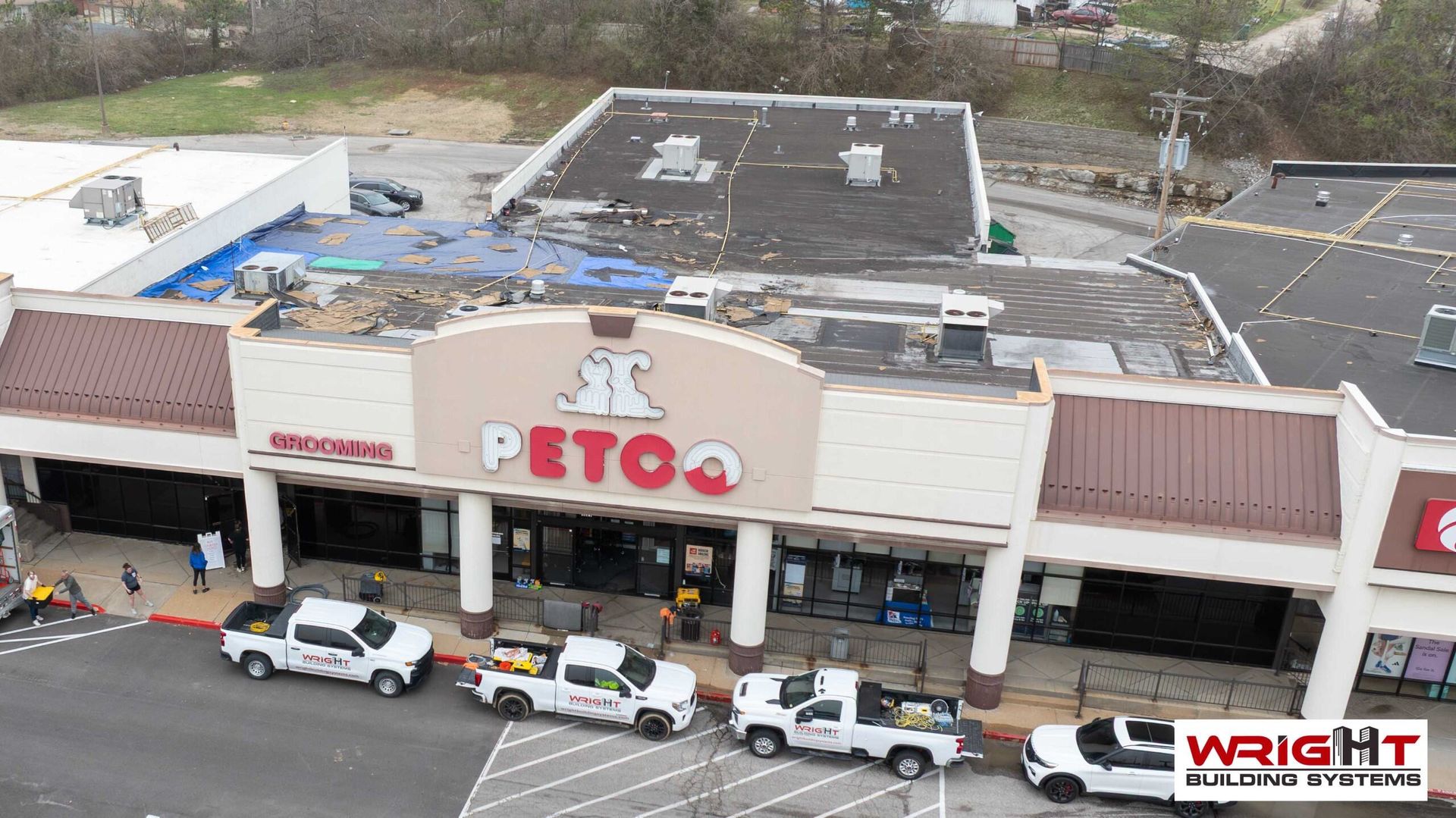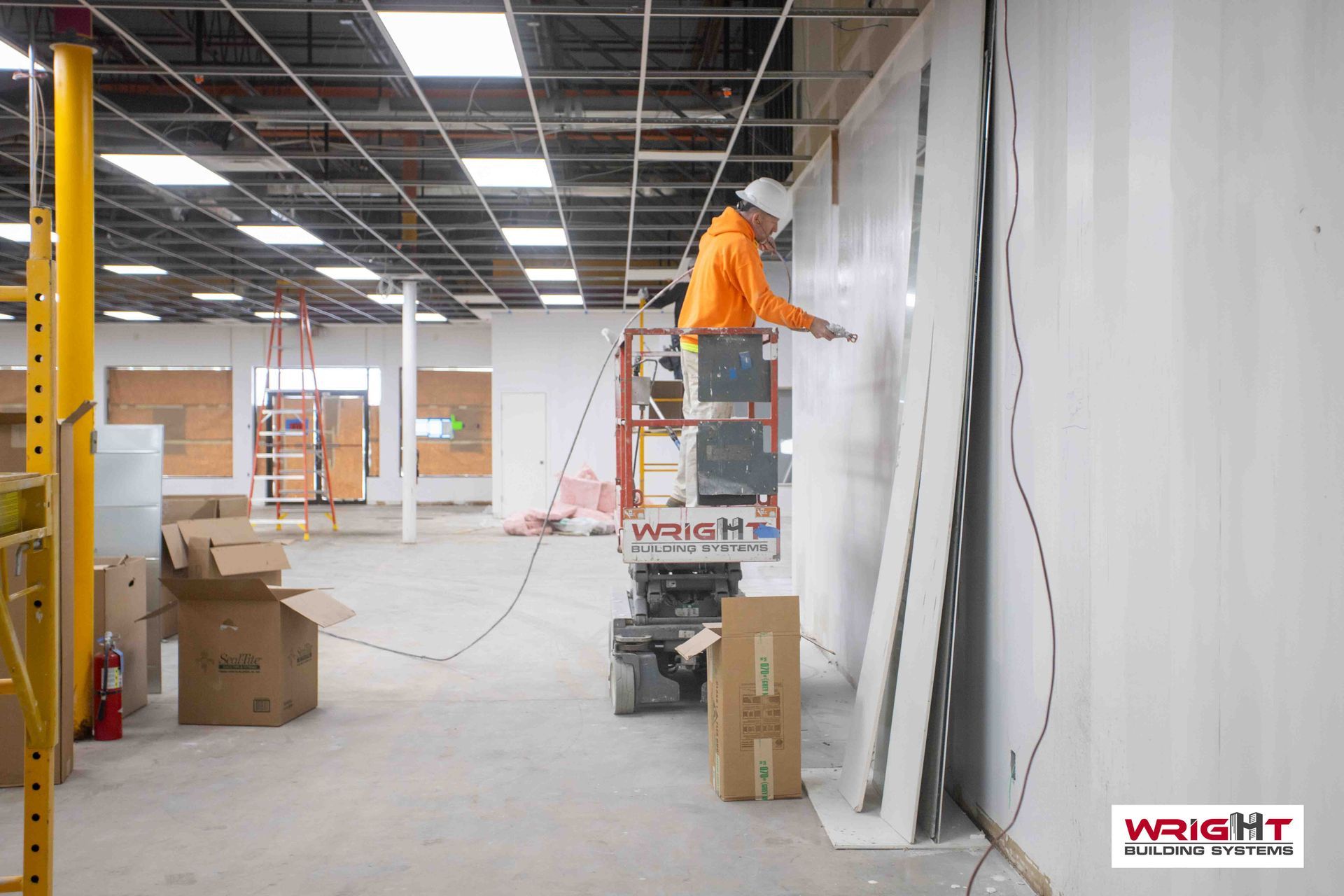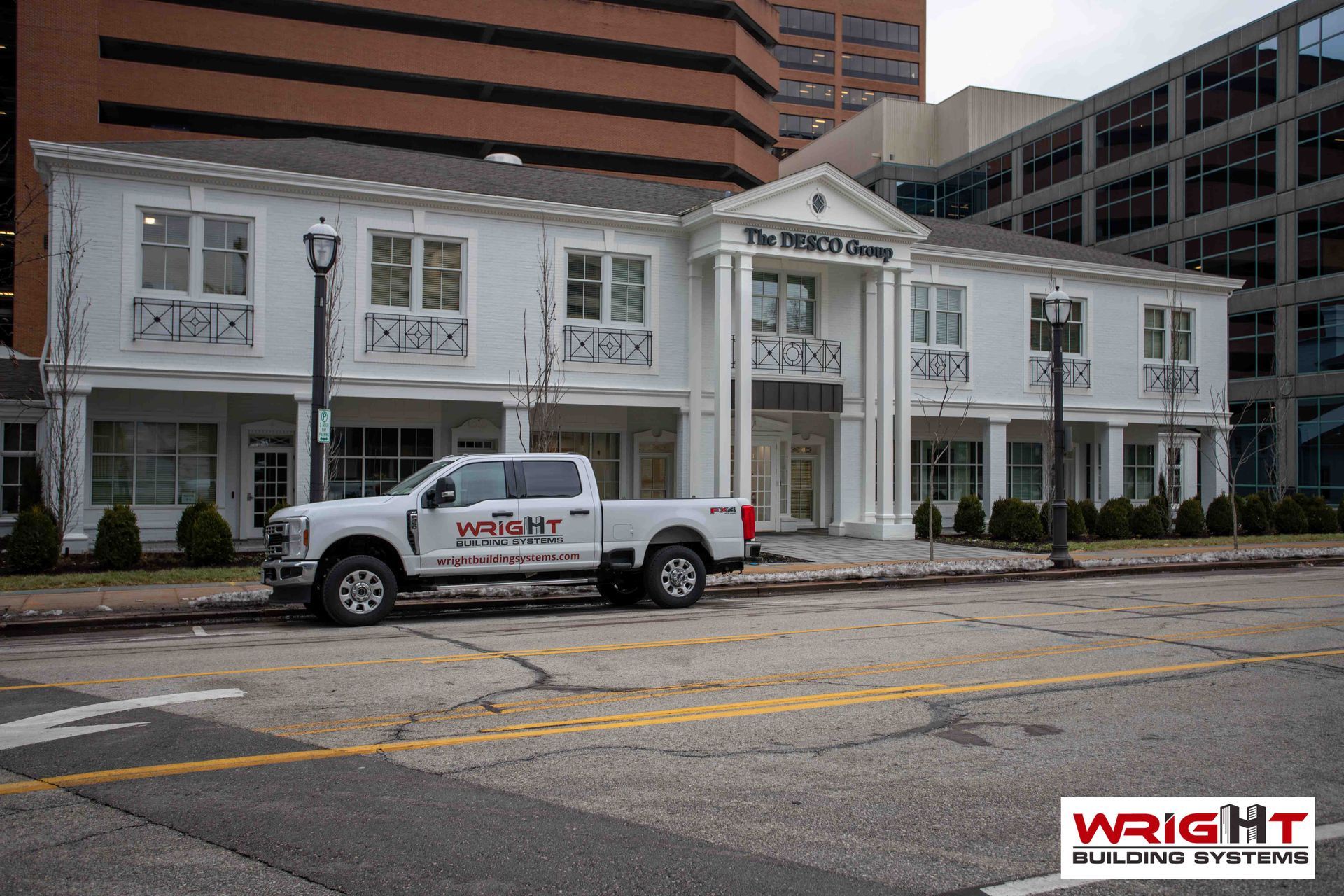The Role of Commercial Construction in Real Estate Development
Commercial construction is pivotal in shaping the real estate landscape, particularly the development of office buildings, shopping centers, mixed-use developments, and other commercial properties.
Whether it's a corporate headquarters, a retail hub, or a multi-purpose development, the construction process forms the foundation for the real estate ventures businesses and consumers rely on daily.
Understanding how commercial construction drives the development of these properties can help real estate investors, developers, and businesses navigate the complex world of commercial real estate.
Explore the vital role of commercial construction in real estate development, including how it influences everything from design and planning to project management and sustainability.
Foundations of Commercial Real Estate Development
Successful real estate development begins with a solid foundation—both literally and figuratively.
Commercial construction professionals work closely with developers and architects to ensure that all aspects of a project are carefully planned and executed; this initial phase includes land assessment, environmental impact studies, and compliance with zoning laws and building codes.
Construction experts play a critical role in helping developers assess a project's feasibility. They evaluate the land for potential challenges such as soil quality, flood zones, or accessibility issues.
Based on these assessments, the construction team collaborates with architects to design a building that meets both practical requirements and aesthetic expectations. The choice of materials, structural design, and systems (HVAC, plumbing, electrical) must be factored into the blueprint to ensure long-term viability.
Construction is often the longest and most capital-intensive part of a real estate development project. Whether it's an office building, retail center, or mixed-use development, commercial construction requires a balance of skilled labor, advanced technology, and project management expertise to ensure a project stays on time, within budget, and compliant with all regulations.
The Influence of Commercial Construction on Office Buildings
The demand for office space is continuously evolving, driven by changing workplace trends, corporate needs, and economic conditions. Commercial construction is essential in responding to these shifts, creating office environments supporting functionality and employee well-being.
Today's office buildings are far more than workspaces; they serve as hubs for collaboration, innovation, and employee engagement.
As businesses increasingly embrace flexible work models and remote work, the design of office buildings has adapted to accommodate new layouts. Open floor plans, collaborative spaces, and dedicated quiet areas have become commonplace in many commercial office buildings.
Commercial construction has also embraced sustainability, with energy-efficient buildings becoming the norm.
High-performance insulation, energy-efficient windows, and renewable energy systems are now key components of modern office spaces. These sustainable features lower operating costs and attract tenants who prioritize environmental responsibility.
Another critical aspect of office building construction is safety and accessibility.
Developers must adhere to strict building codes and ensure that the structure is safe for all users; this includes implementing features like fire suppression systems, emergency exits, ADA-compliant entrances, and robust security measures to protect employees and clients.
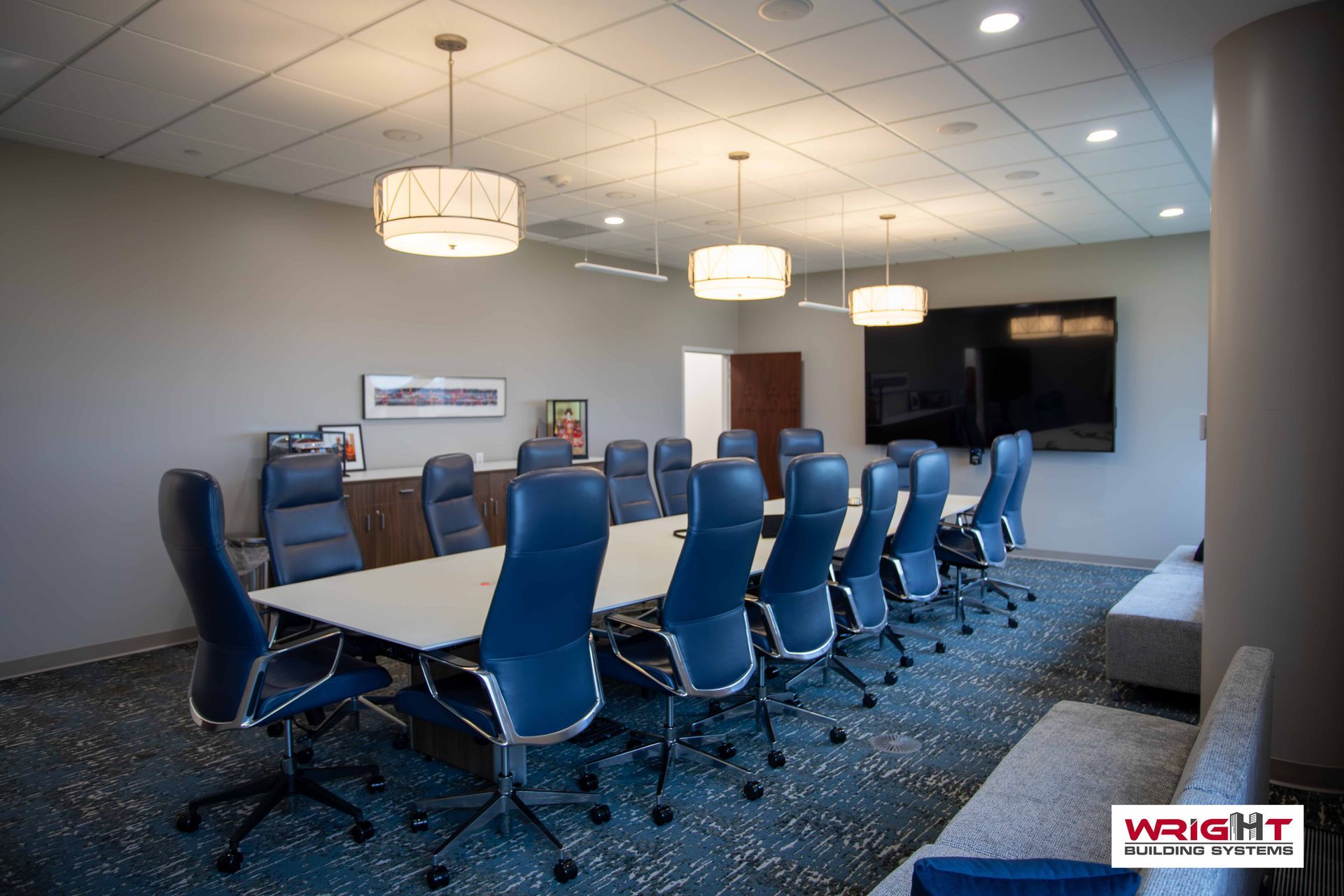
Shaping the Retail Landscape with Shopping Centers and Malls
The development of shopping centers and malls has always been a cornerstone of commercial real estate, providing essential spaces for businesses to interact with customers.
With changing consumer habits and the rise of online shopping, the role of commercial construction in developing these spaces has become even more crucial.
Retailers need more than just traditional storefronts; they require dynamic, experiential spaces that engage customers and enhance their shopping experience.
Commercial construction has responded to this demand by creating large, open-air shopping centers and mixed-use developments that combine retail, dining, entertainment, and residential spaces.
The design and construction of shopping centers often focus on maximizing foot traffic and providing convenience to shoppers. Factors such as parking, signage, pedestrian accessibility, and store layout are all key components that affect the success of retail spaces.
Retail developers must also consider the balance between anchor tenants, which draw large crowds, and smaller boutiques or specialty stores that help diversify the offerings.
In addition to functionality, shopping centers' aesthetics are paramount. Builders focus on creating visually appealing environments that reflect the center's brand identity and attract shoppers.
Green spaces, public art, and other features that enhance the atmosphere can make a shopping center stand out and become a community destination.
Mixed-Use Developments: A New Era of Urban Planning
Mixed-use developments are becoming a dominant trend in commercial real estate, and commercial construction is at the forefront of bringing these spaces to life. These developments combine residential, commercial, and sometimes industrial spaces in a single, integrated property.
Mixed-use development design encourages vibrant, self-contained communities that encourage interaction and reduce the need for long commutes. Projects often include a combination of office space, retail stores, residential apartments, and recreational areas, all within walking distance of each other. This model appeals to businesses and consumers, offering convenience, accessibility, and a high quality of life.
These developments present unique challenges for commercial construction companies, as they require a careful blend of different design elements to meet the diverse needs of businesses and residents.
Building a mixed-use development requires a comprehensive approach that considers structural integrity, environmental impact, thoughtful zoning, and regulatory compliance.
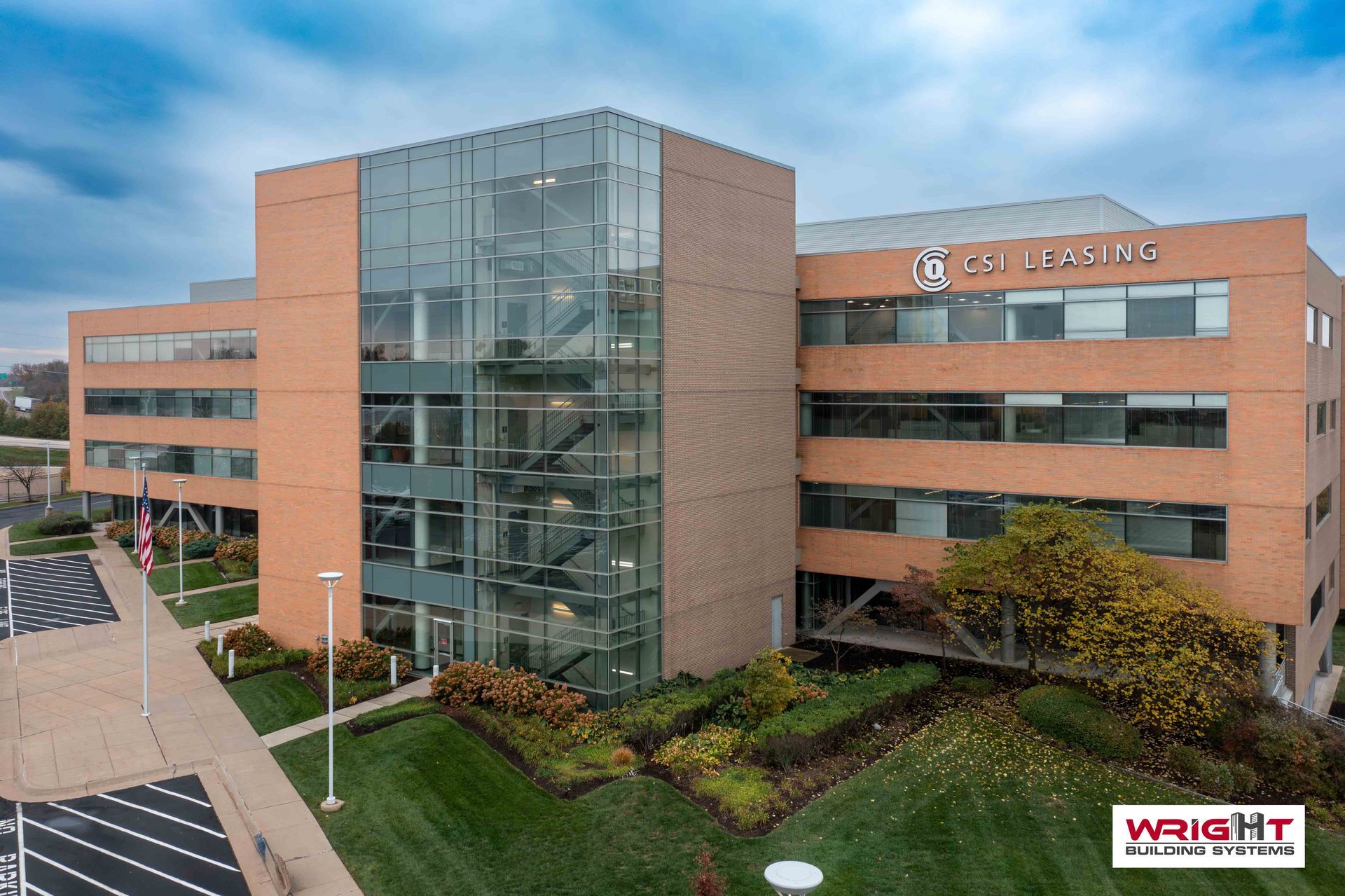
Sustainability and Innovation in Commercial Construction
As commercial real estate grows, sustainability and innovation have become major priorities for developers and builders alike.
Commercial construction companies are embracing green building techniques to reduce the environmental impact of new developments. From energy-efficient systems to using sustainable materials, modern commercial construction project designs consider efficiency and environmental responsibility.
Building certifications such as LEED (Leadership in Energy and Environmental Design) and WELL Building Standards are becoming industry norms, and developers are increasingly seeking these certifications for their properties.
Sustainable construction practices—using recycled materials, minimizing waste, and incorporating renewable energy sources—help improve the long-term profitability of commercial properties while aligning with growing consumer demand for environmentally conscious buildings.
Additionally, integrating technology into commercial construction transforms how buildings are designed, constructed, and managed. Building Information Modeling (BIM), innovative building technology, and automation systems are making construction projects more efficient, cost-effective, and adaptable.
Such innovations allow for better design accuracy, improved resource management, and the ability to adapt buildings to meet changing needs over time.
Contact Wright Building Systems Today
Commercial construction is a cornerstone of real estate development, shaping the spaces where businesses and communities thrive. From office buildings and shopping centers to mixed-use developments and sustainable projects, the impact of construction on real estate ventures ultimately shapes entire urban communities.
Greater St. Louis business owners repeatedly trust Wright Building Systems with their projects. We are committed to safety and delivering finished products that exceed expectations.
Our dedicated team has the equipment, technical skills, and perseverance to complete your project.
Let's get in touch today!
Request a Consultation
Navigation
All Rights Reserved | Wright Building Systems

